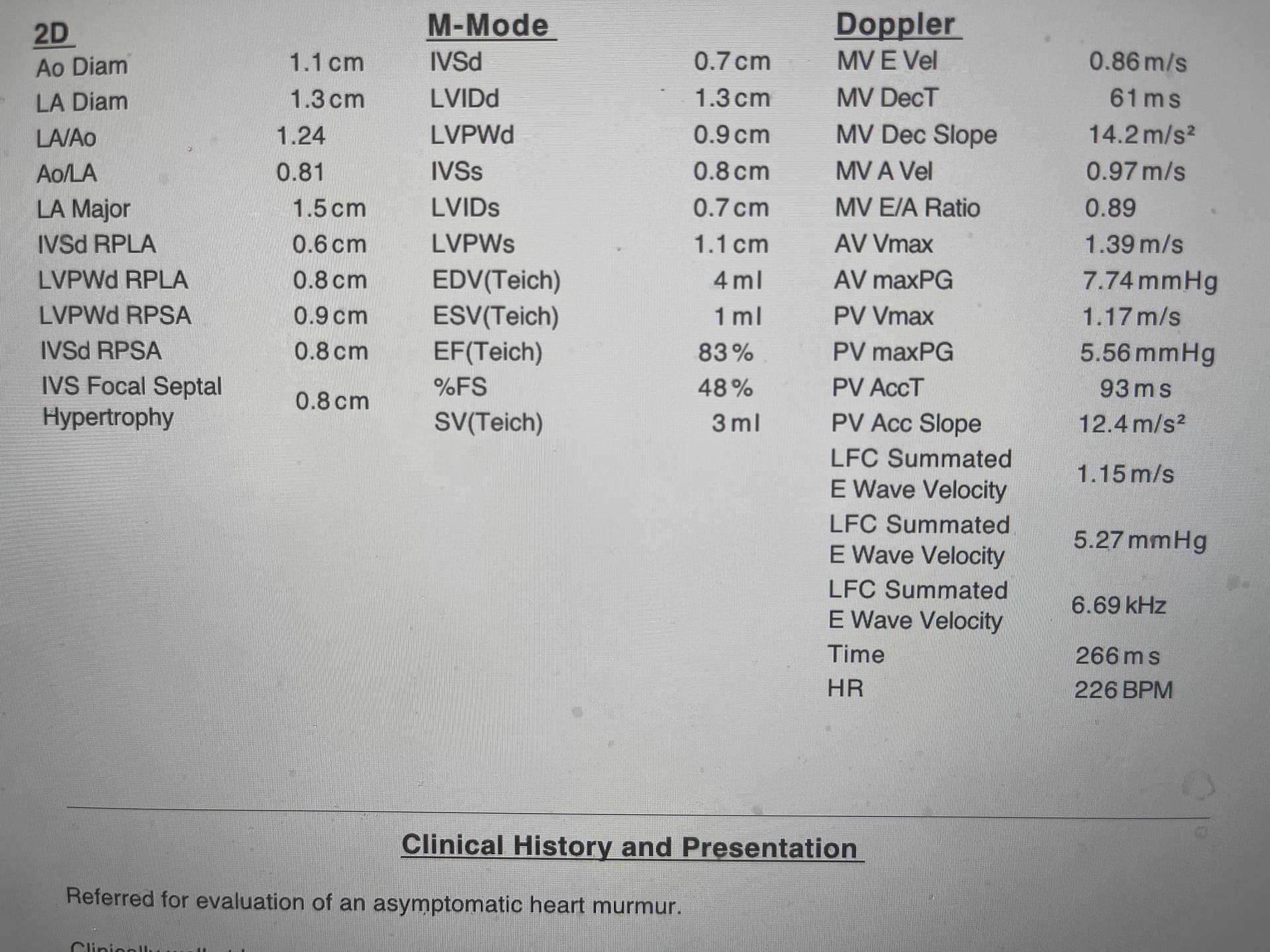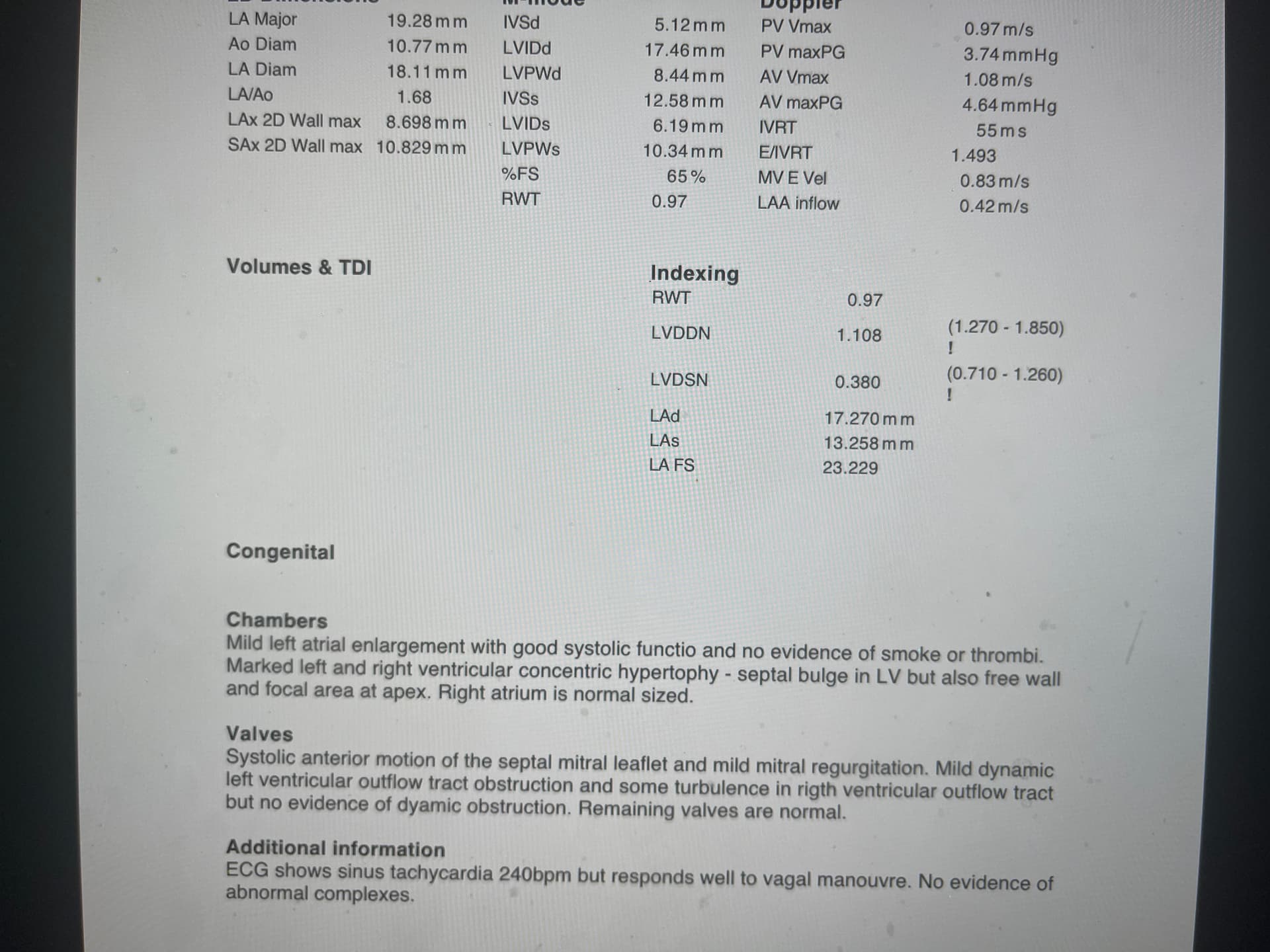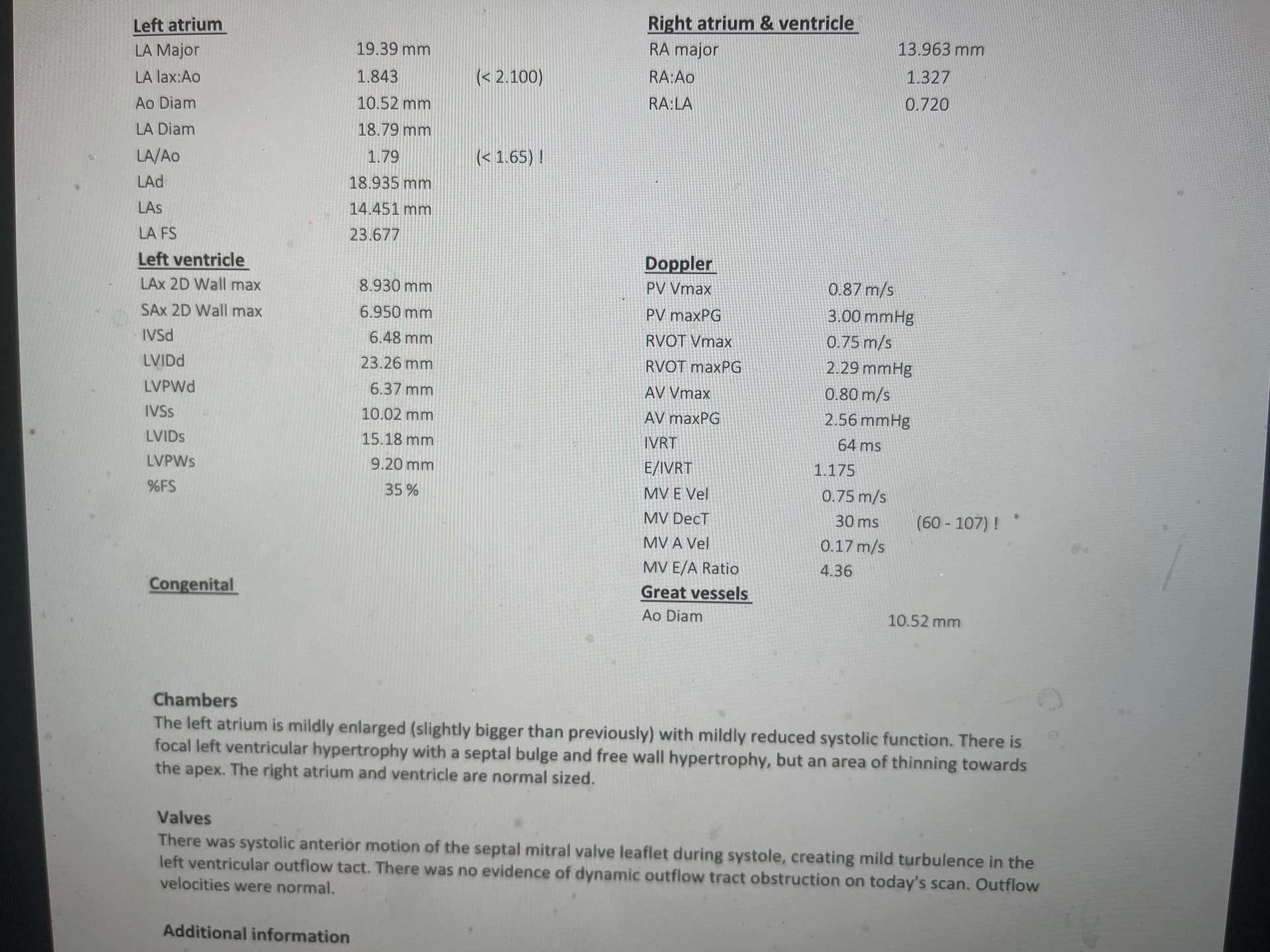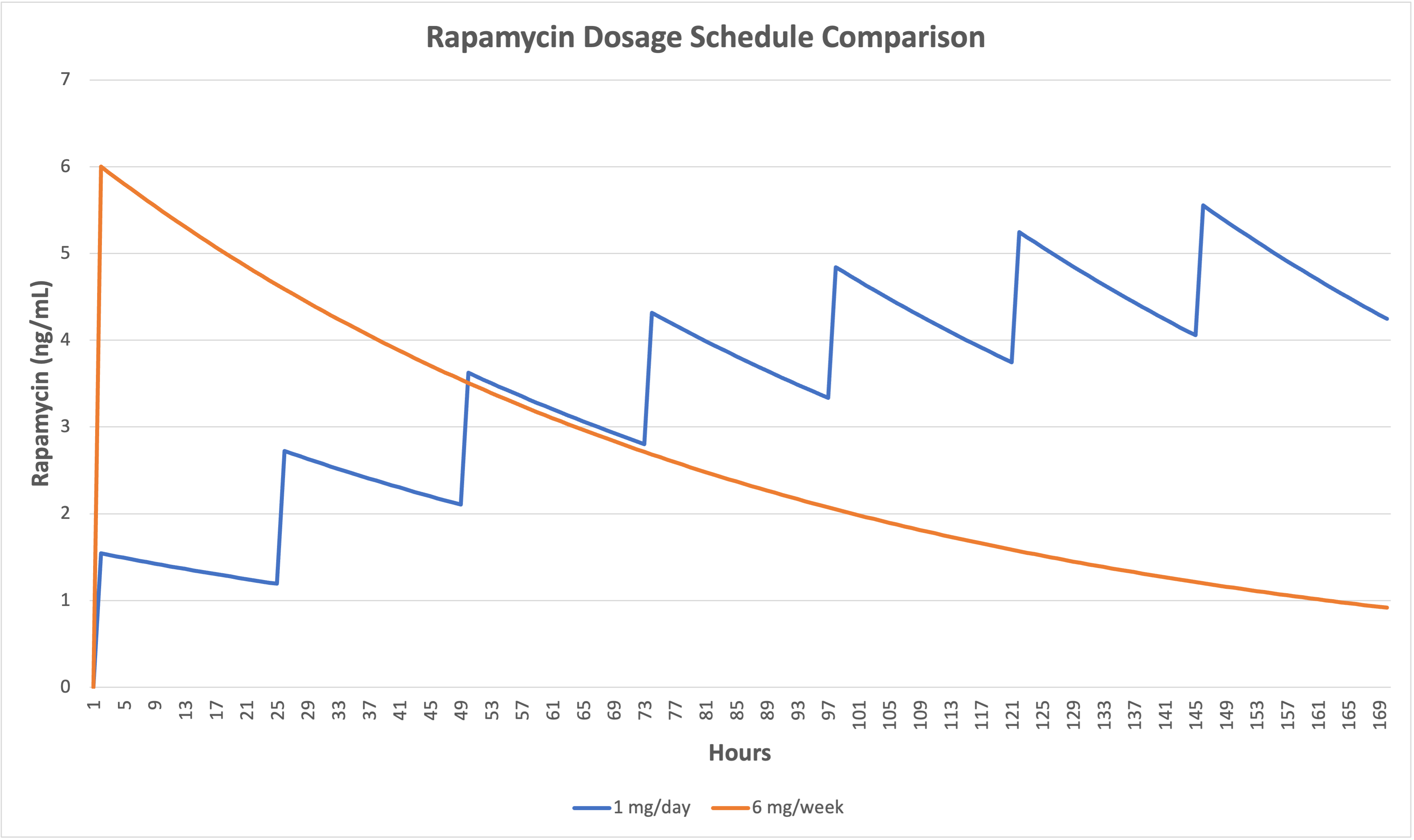When you post, everyone in the thread gets notified of your post. Not too many people have cats, or are interested in Cats, I think, and the ones that are may not check their notifications often, thats all.
I’m an old farmer from the midwest and my wife milks goats, so we have 5 or 6 cats. They get the foam off the milk and rodents they catch since if you have feed, you have rodents. We get along, but I know their attitude regarding death and the circle of life so I’m not really fond. The wife feeds them cat food, which is supposed to be a complete diet. Don’t believe it.
Separately I have a large machine shed with steel girts overhead and the pigeons like to live up there and shit on my equipment. We had a grand kid about the right age, so I gave him my old pump up pellet gun and offered $1/dead pigeon. I thought he’d get 2 if lucky because really animals are pretty smart. And pigeons have great eyesight. I left for the day and came back to a pile of 18. The cats had a feast. They ate for days till they were wobbly. They have never looked so good. After that we could have taken them to the fair. I didn’t really notice how bad they were before. The food you buy for animals is not equal to their actual native diet. Carnivores need the organs, and somehow know what they should eat.
I recommend you start killing vermin and feeding them to the cat. He’ll know what to do. I hope nobody is offended. This is serious advice.
A great book, actually so short it could be considered a pamphlet, Pottenger’s Cats. Fantastic story of nutrition and science and written in ~1940 ,still relevant today.
I’m confused - isn’t this a thread about Rapamycin for cats. I’m really desperate for some answers.
I hear you… and yes, this is the thread about rapamycin for cats. But its a really new area for pet owners. There have been very few cat clinical studies with rapamycin. Most of the attention is on dogs, just because of the Dog Aging Project and rapamycin trial (TRIAD) that has gotten a lot of press. But you are probably one of a few dozen people in the USA looking at rapamycin for cats right now. Hopefully more will respond to you soon.
No, he has HCM but he has never been congested so far. Sorry, I was away from internet for a while. I answered your PM, too. We have the date of the next heart scan, so I will report later this month how Silky’s heart is.
Hello friends,
Today we have had Silky’s scan done and I promised you to show his results. I wish I had better news, alas here we are. Silky is still stable and enjoys life and I am grateful for every day we have and I hope there are still many to come. However, if I said I do not have a heavy heart today it would be a lie. But, to the point. Here are his scans. For a reference first there is his scan from 2018 (the next two or 3 were quite similar, he was very stable for a longer while). Then his scan from December last year when he seriously progressed. After this scan, in late December he also started to take rapa. Last scan is from today. He is taking 1 mg per week (his body weight oscillates between 5.2-5.4 kg) but I will try to diminish his dose a bit, based on the hcm cats trial results showing lower doses were more helpful. Would you go for 10 days or two weeks in between 1 mg pill? What are your thoughts?
Very interesting. Thank you.
“Humans are closer to cats than dogs. According to a study, cats and humans share 90% gene similarity, whereas, the genetic similarity between dogs and humans is 84%.”
Whereas: only 69% were with rats and 67% were with mice. I like the cat study better.
“The data presented here demonstrate that once-weekly low-dose (0.3 mg/kg) DR rapamycin significantly alters the primary outcome”
“It is noteworthy that a significant effect of rapamycin on LV hypertrophy was seen in the low-dose rapamycin group as opposed to the high-dose treatment group. This is postulated to be due to the dosing strategy utilized. Intermittent and low-dose administration of rapamycin has been shown to partially inhibit mTORC1 without impacting mTORC2, therefore maximizing its effects on LV remodeling while minimizing adverse side effects secondary to mTORC2 inhibition”
I have just decided to adjust my dose to 1mg/day for 7 days then 7 days off. I have spent the better part of two years on higher weekly pulse dosing and didn’t like the effect it had on my blood work and fasting glucose levels. My goal is to take as much rapamycin as possible while keeping all of the parameters I am measuring in the “normal” clinically accepted range.
Almost two years ago when I started rapamycin, I was led to believe that the highest doses without adverse side effects was the way to go. I guess what adverse side effects are is debatable. I have now chosen, for me, that anything that drives my blood parameters outside of the “normal” range is an adverse effect.
Glad to see some results from the RAPACAT study. As it stands, I can make rough dosage estimates based on allometric scaling:
0.3 mg/kg (low-dose) @ 5.97 kg (mean body weight) = 1.79 mg ≈ 11.95 mg @ 75 kg
0.6 mg/kg (high-dose) @ 4.94 kg (mean body weight) = 2.96 mg ≈ 22.77 mg @ 75 kg
But I wish they had included the serum rapamycin levels over the course of a week. Currently, there’s no way to infer how much of a delayed release their formulation provides. We also don’t know the elimination half-life of rapamycin in cats.
It’s worth keeping in mind that your proposed dosing schedule (1 mg/day for 7 days) would be the inverse of the delayed-release approach in this study. A delayed-release schedule will have a peak on the left, followed by a gradual decline. The peak will be somewhat right-shifted thanks to the delayed release, but it will have the same shape as a single immediate-release high-dose. Your proposed dosing schedule would cause a gradual accumulation of rapamycin, placing the peak on the right.
I simulated 7 days of 1 mg/day vs. 6 mg/week with an elimination half life of 62 hours:
Estimating the area under the curve (AUC) for these different schedules yields:
1 mg/day AUC: 591.7
6 mg/week AUC: 457.6
7 mg/week AUC: 533.9
Recognizing that these are simple estimates, a low-dose daily schedule does appear to give a larger, cumulative exposure to rapamycin while attaining a similar peak. Based on concerns around the mTOR rebound, gradually ramping up your dose may turn out to be a good move—but I don’t know right now. Someone might, but my search through the literature hasn’t turned up enough data for me to make a claim. It could very well turn out that high doses prevent unwanted over-activation (i.e. the mTOR rebound) better than low doses.
Thank you for the info. I have only been on the 1mg/day for seven days dose for one week. The second week I had to delay for one day while I got my blood work done, so it was 1mg/day for six days. So far, I am liking this because I feel better than I did with the one-day-a-week higher dose. If was practical for me to have my rapamycin levels checked I would do so. Dr. Blagosklonny seems to think (this is from a Twitter feed that I read) that rapamycin does not suppress mTORC2 very much.
I was inspired by one of the forum members, LaraPo, I think, who has been using a similar regimen for some time.
Once again thank you for your thoughtful response.,
Does anyone know of a site that sells size 3 or smaller enteric (acid-resistant) capsules? I have scoured the internet and all I find are large sizes, or size 3 out of stock! As I have to cut a 1 mg enterically coated tablet in half, it has to go in an enteric capsule to bypass the stomach. Have you ever tried to pill a cat? Large caps are a no-go! Thanks.
As far as I can find no one in any of the dog or cat studies is using enteric-coated caps.
Last indication from Matt Kaeberlein’s dog study they are just feeding the dogs orally with
Dr. Reddy’s Laboratories tablets. Of course, dogs will eat anything including poop so they probably have no problem giving them the doses.
I have been giving my ~ 2-year-old cats 1mg weekly by crushing the tablets with a mortar and pestle and mixing it into their wet food.
I think the Dog Aging study has moved over to Trivium Vet’s rapamycin product (I believe they were using generic rapamycin for the first pilot study in dogs but I see the Trivium Vet logo on Matt Kaeberlein’s presentations now.
TriviumVet™ is conducting a clinical study in client-owned cats to evaluate the effectiveness of its patented, delayed-release rapamycin formulation (Felycin™) in treating HCM. Results of previous laboratory animal studies and effects observed in human organ transplant patients suggest that Felycin™ has the potential to slow or reverse the adverse cardiac remodelling underlying the disease process in HCM. Preclinical investigations conducted by TriviumVet have shown repeated dosing with Felycin™ to be well tolerated by healthy cats, at multiples of the intended therapeutic dose.
Their website seems to be down right now, but its usually here:
OK, this video was just posted in the taurine thread and it applies here now:
He talks about how if you cook your cat food it kills the taurine and taurine is essential for cats. That was the whole plot of the book “Pottengers Cats” and the heart problems can be resolved by feeding taurine or raw meat or milk.
Your cats are not Rapamycin deficient, they’re Taurine deficient.
Virtually all commercial cat foods, dry or we,t contain taurine.
Yes, very good point. But not knowing the kind or quality of cat food it’s possible.
Also Pottengers cats is a great book about the scientific method, and the tenacity of people to find the truth back in the day. I recommend it highly. Maximum number of stars.
Nice article, maybe cats do naturally have a Rapamycin deficiency.
Hogan and snakes has not said what they fed the cat. It could be partly or mostly cooked meat, or tuna or pasteurized milk products. My position remains that cats in the wild don’t die from this. It might be taurine or it might be something else.
On second thought, since humans fed Rapa live longer and feel better, maybe we do have a Rapa deficiency. Lol, Hacks work better than millions of years of evolution. Definitely take a protein from a lab grown bacteria found in the soil exclusively from Easter Island.
I just started my cat on 1mg tablets today. Probably will do it once every 2 weeks. I mixed it in with some flaked tuna and my cat sucked it all back–no problem whatsoever.
Hi,
How is Silky doing now?




